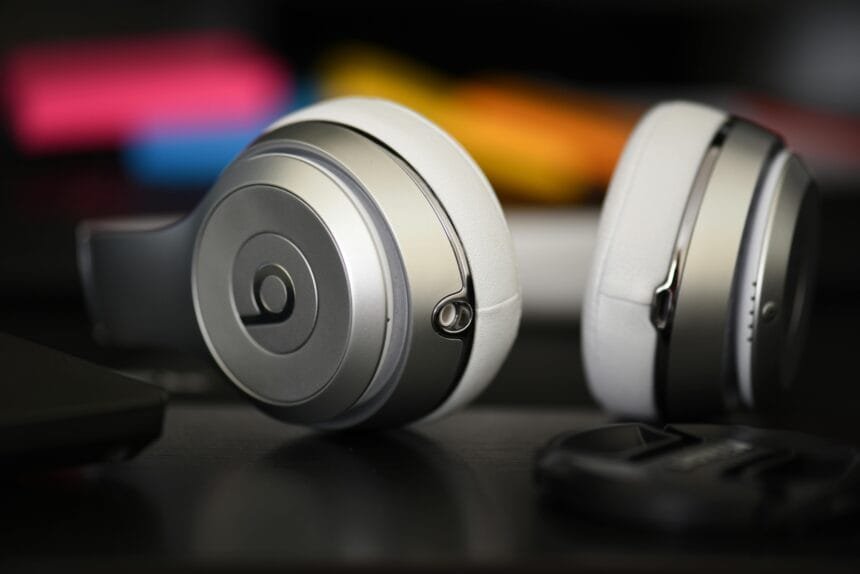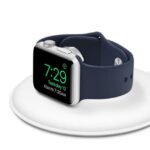In this article we understand what is noise cancellation. Is noise cancelling a hype? How does ANC work ? Why do we need to understand these before we buy a earbud or a head phone.
Noise cancellation is a technology designed to reduce unwanted ambient sounds, allowing for a clearer and more immersive audio experience. This technology is particularly significant in earbuds and headphones, where it enhances the listening experience by minimizing external noise.
What is Noise Cancellation?
Noise cancellation, also known as Active Noise Cancellation, involves the use of electronic processing to detect and counteract ambient noise. This is achieved through the use of microphones and speakers that generate sound waves to cancel out the unwanted noise.
How Does Noise Cancellation Work?
Noise cancellation works by capturing external sounds through built-in microphones. These sounds are then processed to create an inverse sound wave, which is played back through the speakers. When the inverse wave meets the original noise wave, they cancel each other out, resulting in a quieter listening environment.
Why is Noise Cancellation Important for Earbuds?
Noise cancellation is crucial for earbuds because it allows users to enjoy their audio content without increasing the volume to overcome background noise. This not only enhances the audio quality but also protects the user’s hearing by reducing the need for higher volume levels. It is particularly beneficial in noisy environments like public transport, busy streets, or open offices.
Types of Noise Cancellation:
Understanding the different types of noise cancellation is essential before purchasing earbuds with this feature. Here’s a detailed look at the three main types of noise cancelling methods :
- Feedforward ANC:
- How It Works: Feedforward Active Noise Cancellation uses external microphones placed on the outside of the earbuds to detect ambient noise before it reaches the ear. The system then generates an anti-noise signal to cancel out the detected noise.
- Advantages: This method is effective at handling high-frequency noises and can provide a significant reduction in ambient sounds.
- Disadvantages: Feedforward ANC can struggle with low-frequency noises and may be more sensitive to wind noise due to the external placement of the microphones.
- Feedback ANC:
- How It Works: Feedback Active Noise Cancellation uses internal microphones placed inside the ear canal to monitor the noise that has already reached the ear. The system then generates an anti-noise signal to cancel out this noise.
- Advantages: This method is effective at handling low-frequency noises and can adapt to sudden changes in noise levels. It also works well regardless of the fit of the earbuds.
- Disadvantages: Feedback ANC can struggle with high-frequency noises and may introduce a slight delay in noise cancellation due to the internal placement of the microphones.
- Hybrid ANC:
- How It Works: Hybrid Active Noise Cancellation combines both feedforward and feedback methods, using microphones both inside and outside the earbuds. This allows the system to detect and cancel a broader range of frequencies.
- Advantages: Hybrid ANC provides the benefits of both feedforward and feedback methods, offering superior noise cancellation across a wide range of frequencies. It is also less sensitive to wind noise and can adapt to different noise environments.
- Disadvantages: Hybrid Active Noise Cancellation systems are typically more complex and expensive due to the additional microphones and processing required.
Importance of Understanding ANC Types Before Buying Earbuds
Knowing the differences between feedforward, feedback, and hybrid ANC is crucial when choosing noise-cancelling earbuds. Each type has its strengths and weaknesses, and the best choice depends on your specific needs and usage scenarios. For example, if you frequently encounter high-frequency noises, feedforward ANC might be more suitable. On the other hand, if you need effective noise cancellation in various environments, hybrid ANC could be the best option.
Are Noise Cancellation Earbuds a Hype?
Noise cancellation earbuds are not just a hype; they offer tangible benefits for users seeking a better audio experience in noisy environments. While they may be more expensive than regular earbuds, the improved sound quality and hearing protection they provide make them a worthwhile investment for many.
Top 5 Noise Cancelling Earbuds of 2025
Here are the top 5 noise cancelling earbuds of 2025, along with a comparison table including their prices:
| Model | Approximate Price (USD) | Noise Cancellation | Approximate Battery Life | Special Features |
|---|---|---|---|---|
| Bose QuietComfort Ultra Earbuds | $299 | Excellent | 6 hours | Customizable EQ, Comfortable Fit |
| Sony WF-1000XM5 | $279 | Very Good | 8 hours | Adaptive Sound Control, Long Battery |
| Apple AirPods Pro 2 | $249 | Very Good | 6 hours | Seamless Apple Integration |
| Sennheiser Accentum True Wireless | $199 | Good | 7 hours | Audiophile-Grade Sound |
| Jabra Elite 8 Active Gen 2 | $179 | Good | 8 hours | Sports-Oriented Design, IP68 Rating |
These earbuds are not recommendations. You are expected to make your own due diligence before buying.
Which Noise Cancelling parameters should we look for before buying a headphone or a Earbud?
When choosing noise-canceling earbuds or headphones, consider the following key parameters to ensure you get the best experience:
- Active vs. Passive Noise Cancellation:
- Active Noise Cancellation (ANC) uses microphones and speakers to reduce external noise by creating anti-noise signals.
- Passive Noise Cancellation (PNC) relies on the physical design and materials to block out noise.
- Form Factor:
- In-ear (earbuds): Compact and portable, providing a good seal for passive noise cancellation.
- Over-ear: Offers superior sound isolation and comfort, often with better ANC performance.
- On-ear: Less effective for noise cancellation due to a looser fit1.
- Sound Quality: Look for headphones with a balanced frequency response and minimal distortion to ensure high-quality audio.
- Comfort and Fit: Ensure the headphones are comfortable for long periods, with adjustable headbands and cushioned ear cups or tips.
- Battery Life and Charging: Check the battery life, especially for ANC headphones, as noise cancellation can drain the battery faster. Quick charging features can also be beneficial1.
- Special Features and Design: Consider additional features like touch controls, voice assistant integration, and foldable designs for portability.
- Price and Value: Balance your budget with the features you need. Higher-priced models often offer better noise cancellation and sound quality.
Do Companies Like Bose, Sony, Harman Research on Noise Cancellation?
Yes, companies like Bose, Sony, and Harman invest heavily in research and development for noise cancellation technologies. These companies continuously innovate to improve the effectiveness of noise cancellation and enhance user experience. For instance, Bose and Sony are known for their advanced ANC algorithms and adaptive noise cancellation features.
Future Research in Noise Cancellation
Future research in noise cancellation by these companies focuses on making the technology more adaptive and efficient. This includes developing algorithms that can better handle variable noises, improving battery life, and integrating machine learning to personalize noise cancellation based on user preferences and environments.
Noise cancelling technology continues to evolve, promising even better audio experiences in the future. Whether you’re a frequent traveler, a commuter, or someone who enjoys high-quality audio, noise cancelling earbuds are a valuable addition to your tech arsenal.









